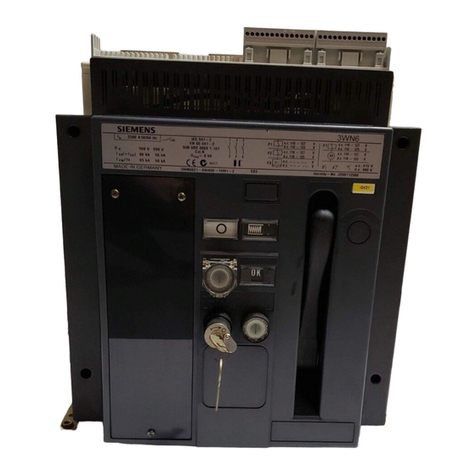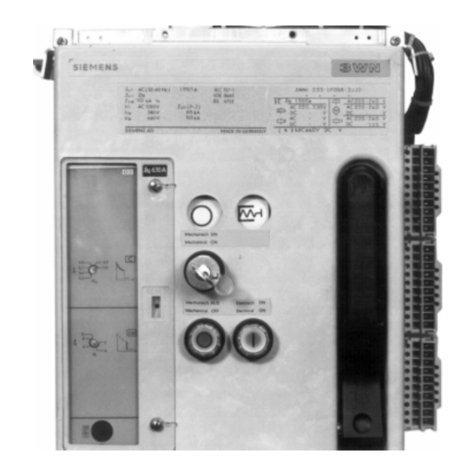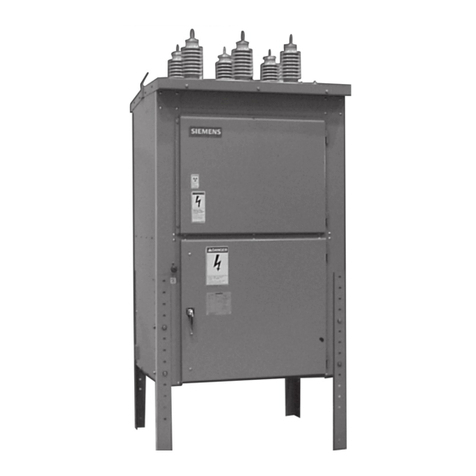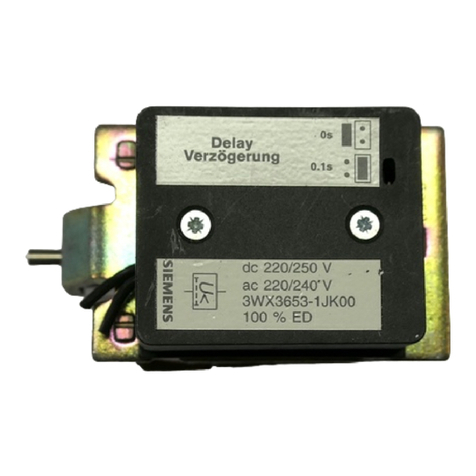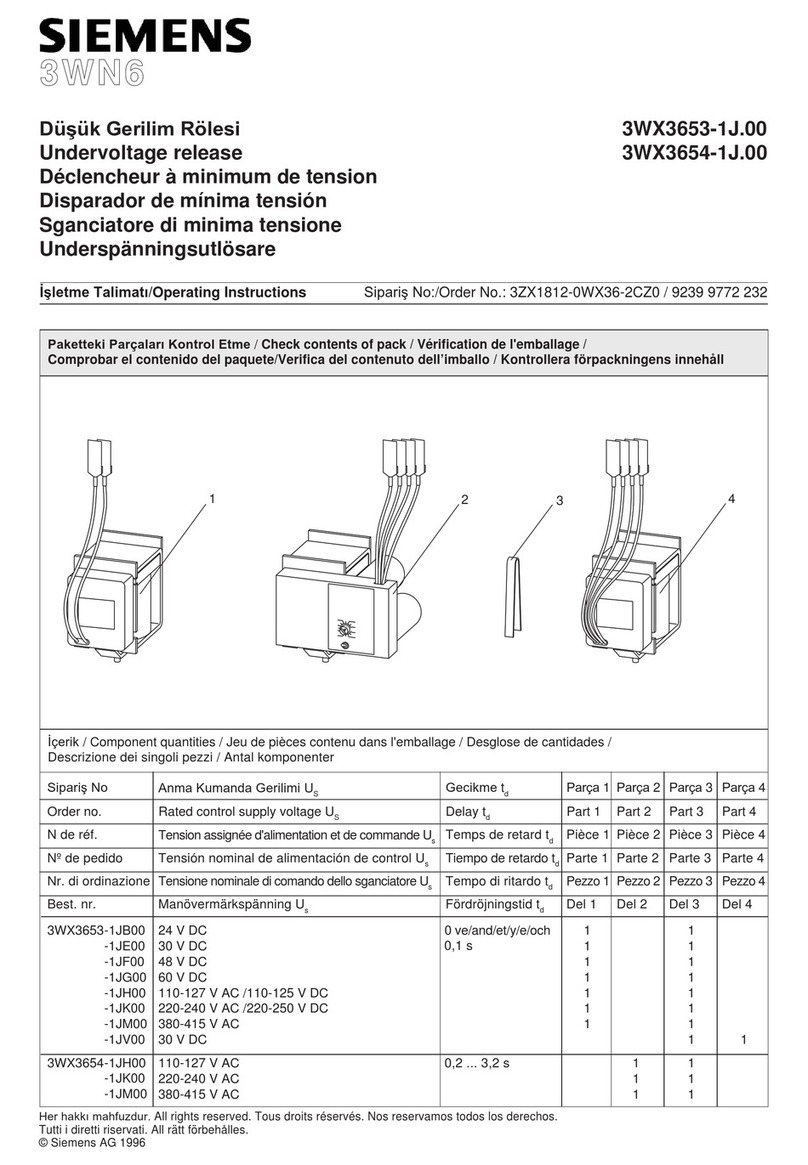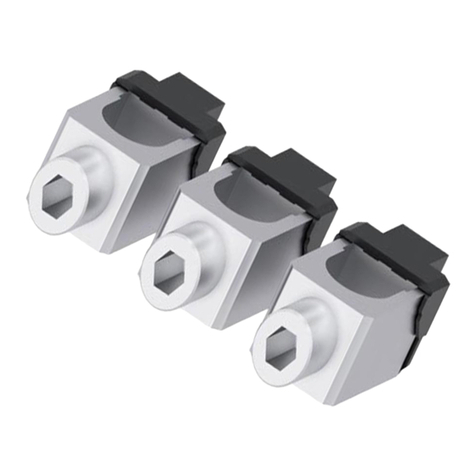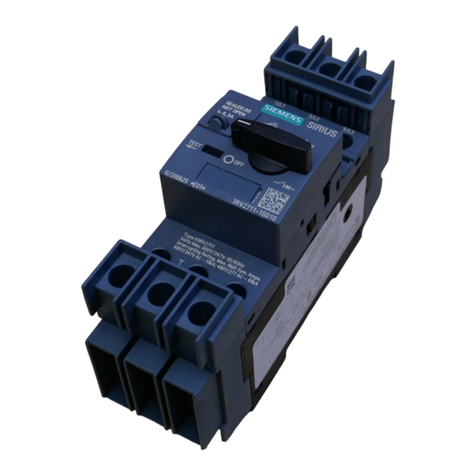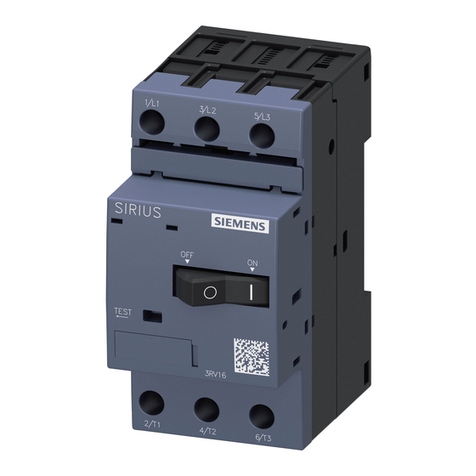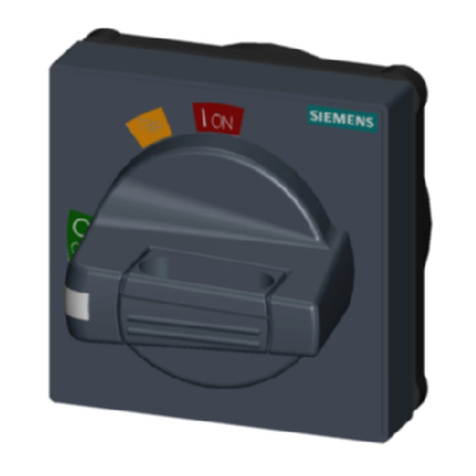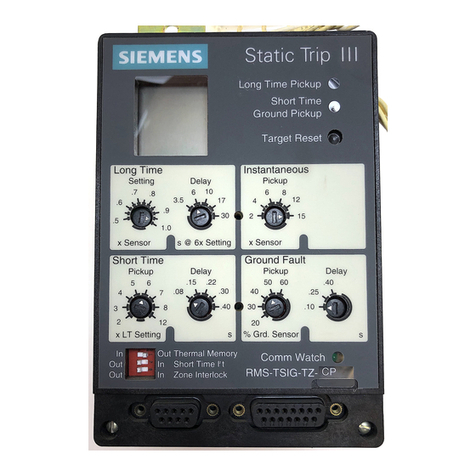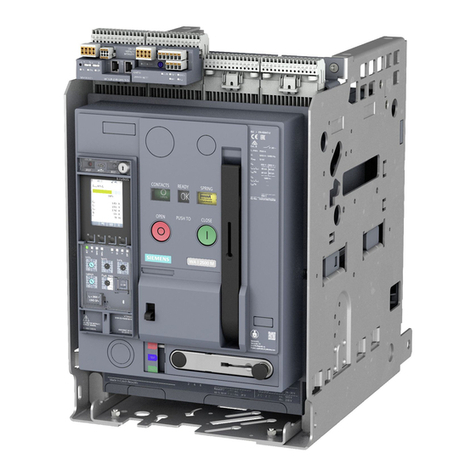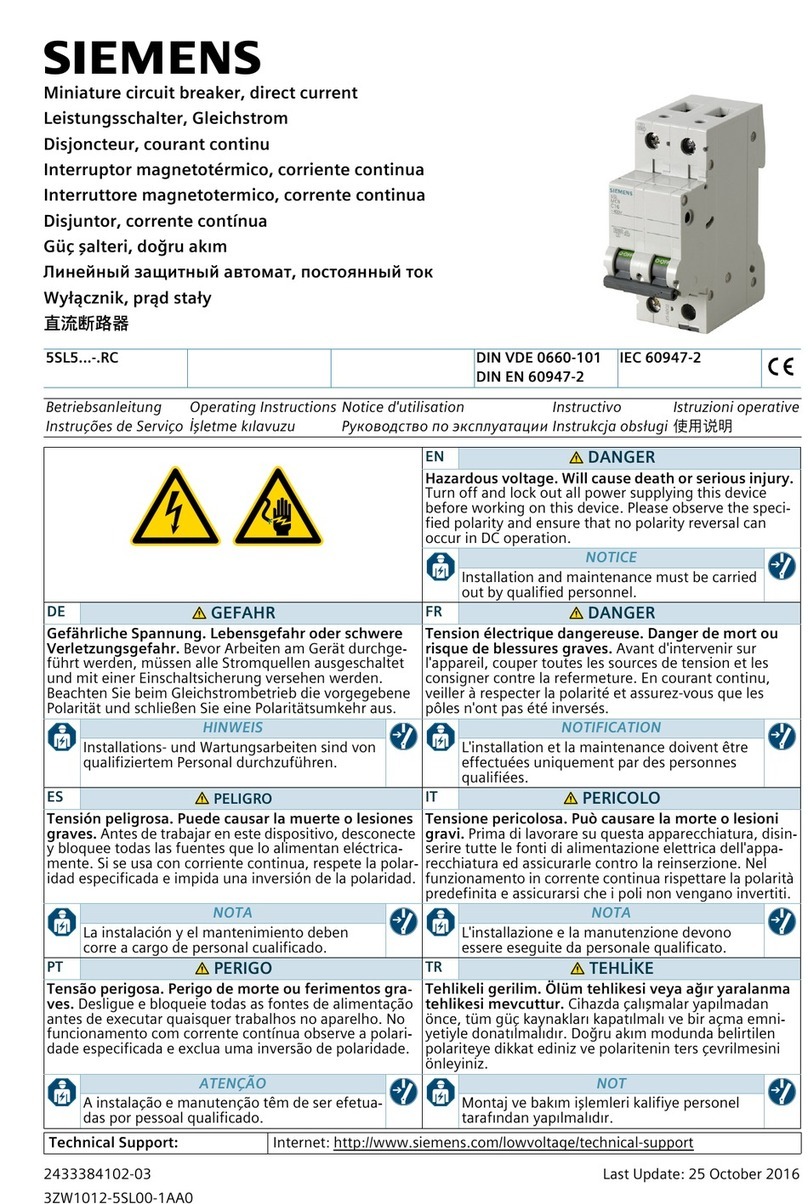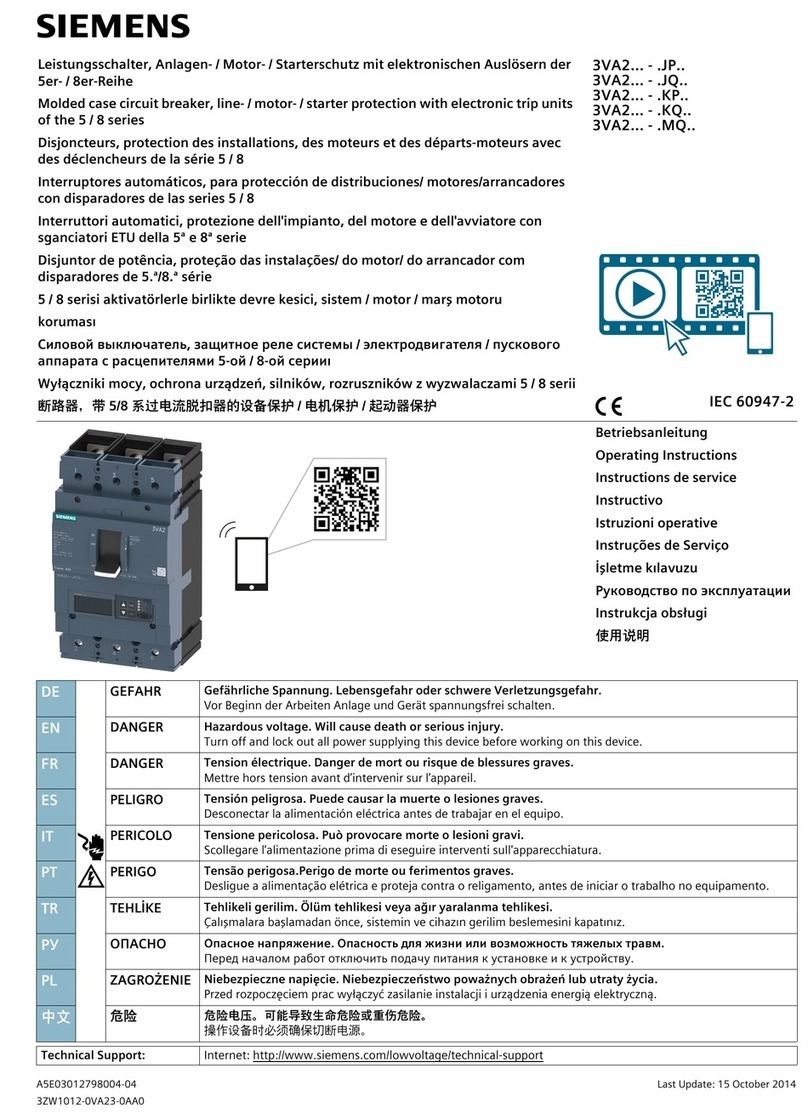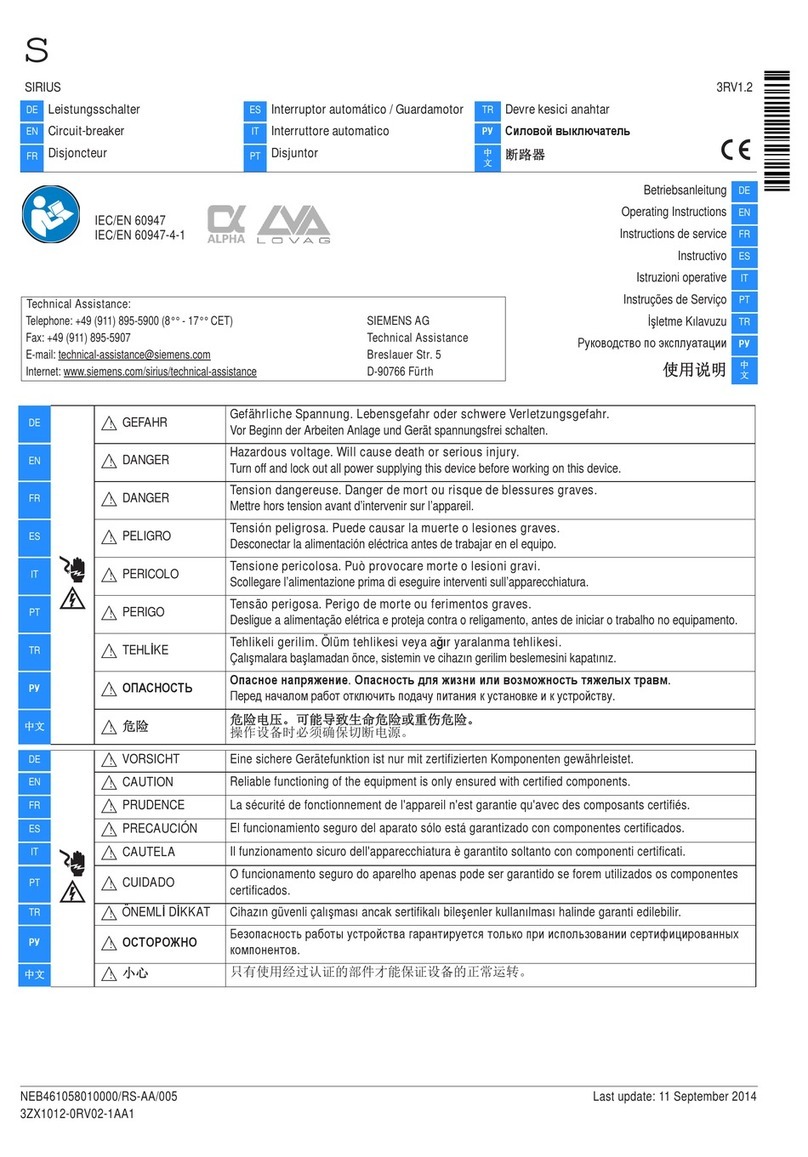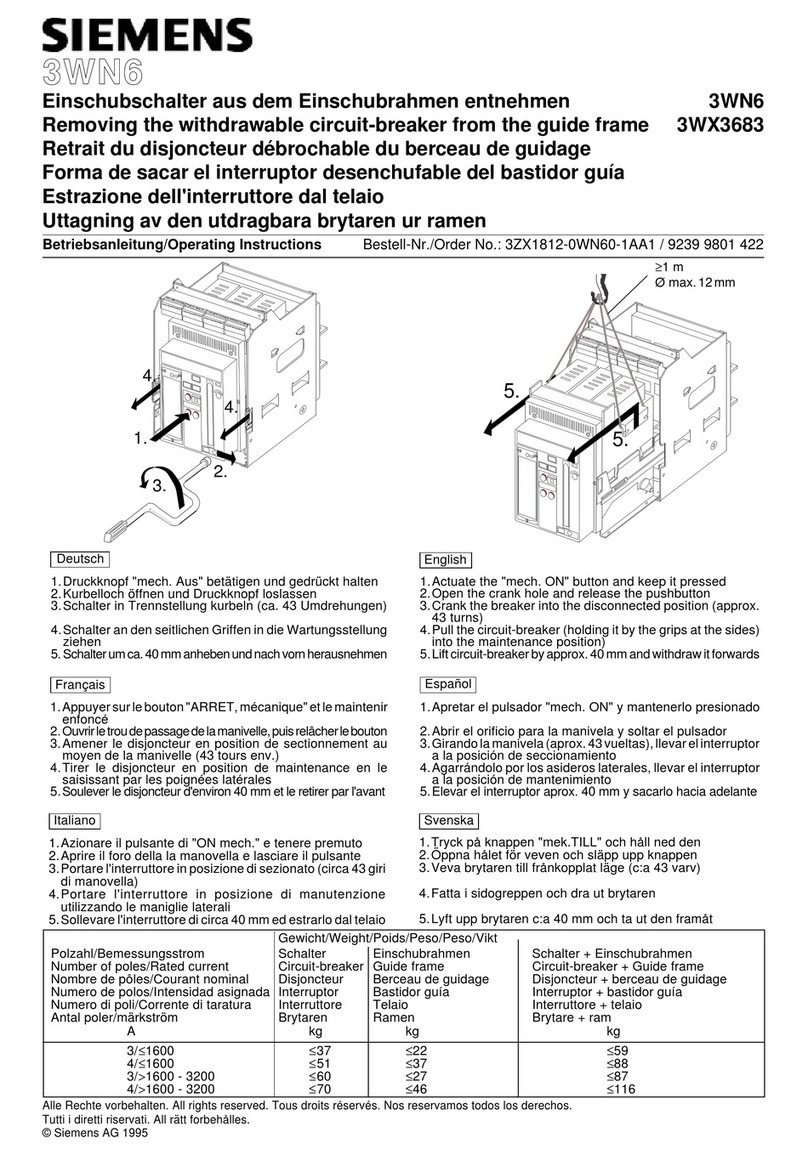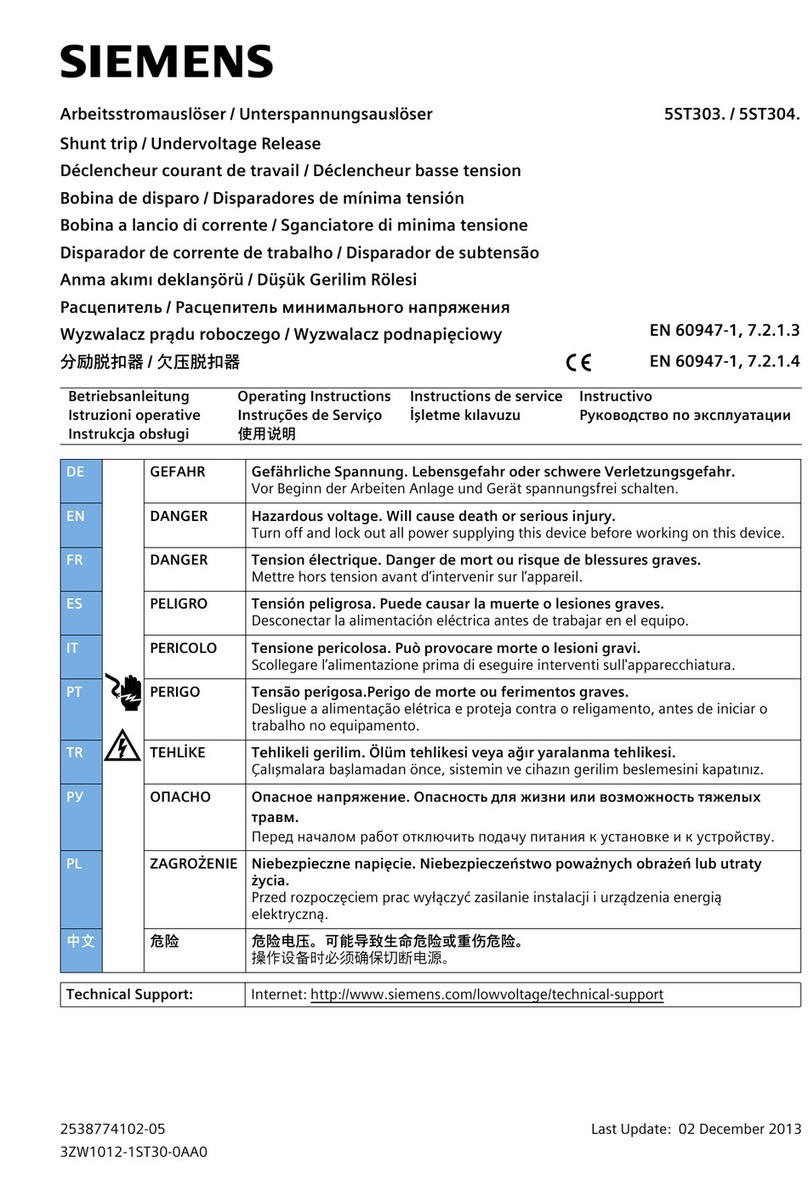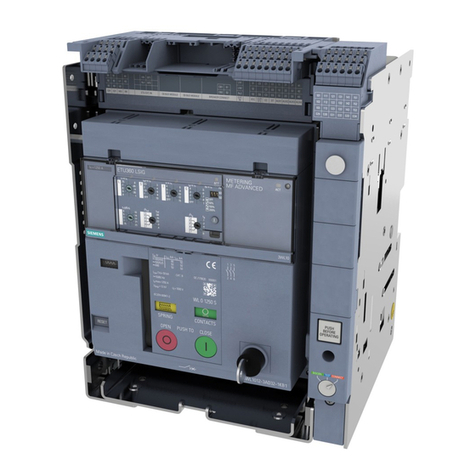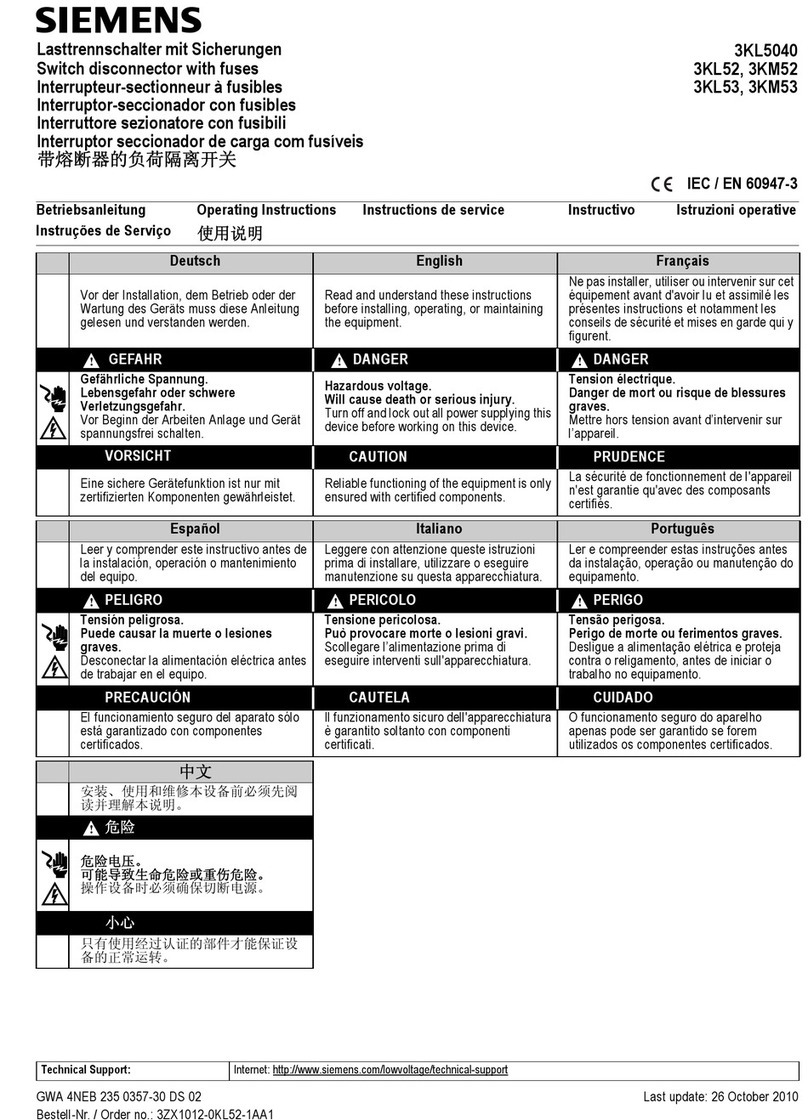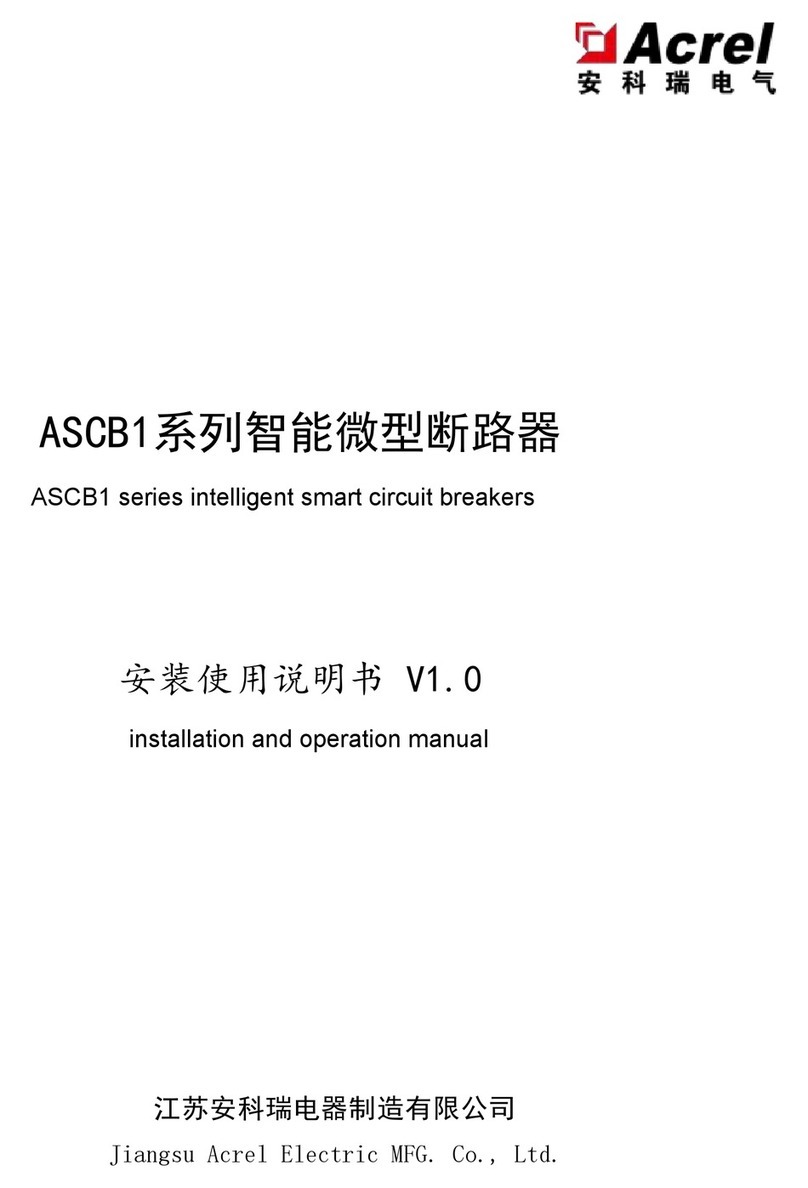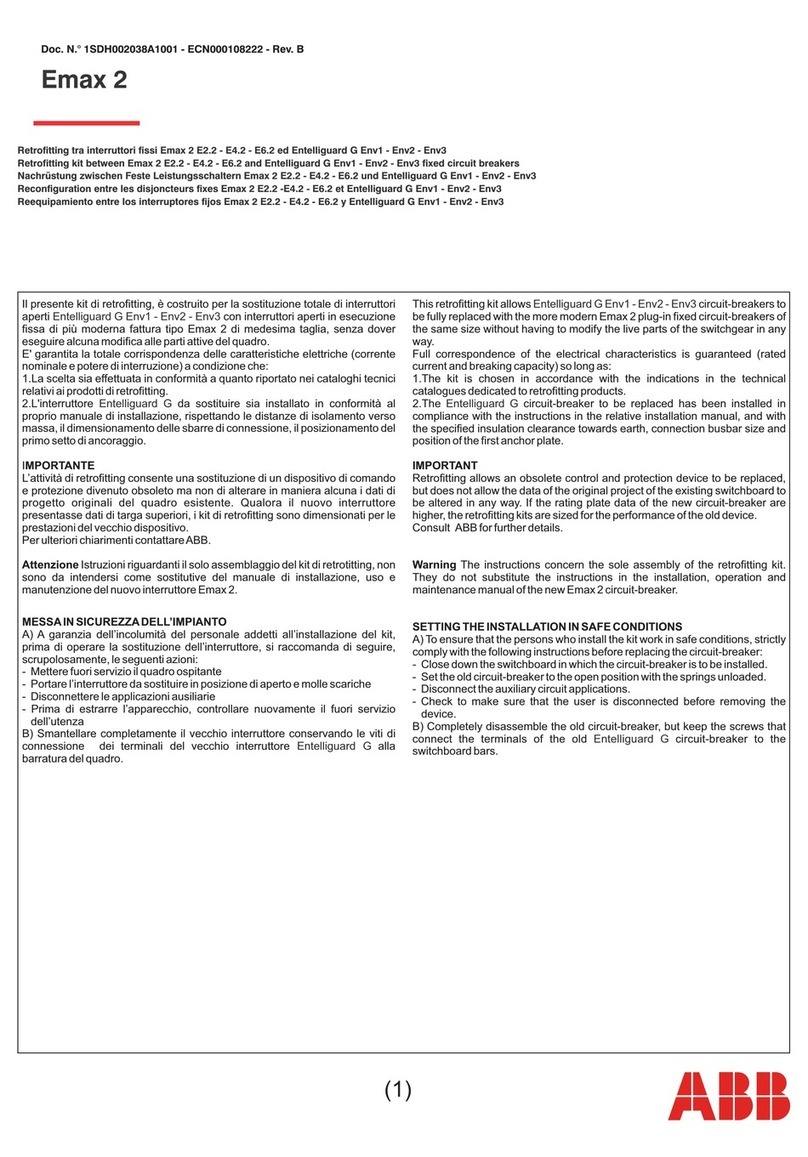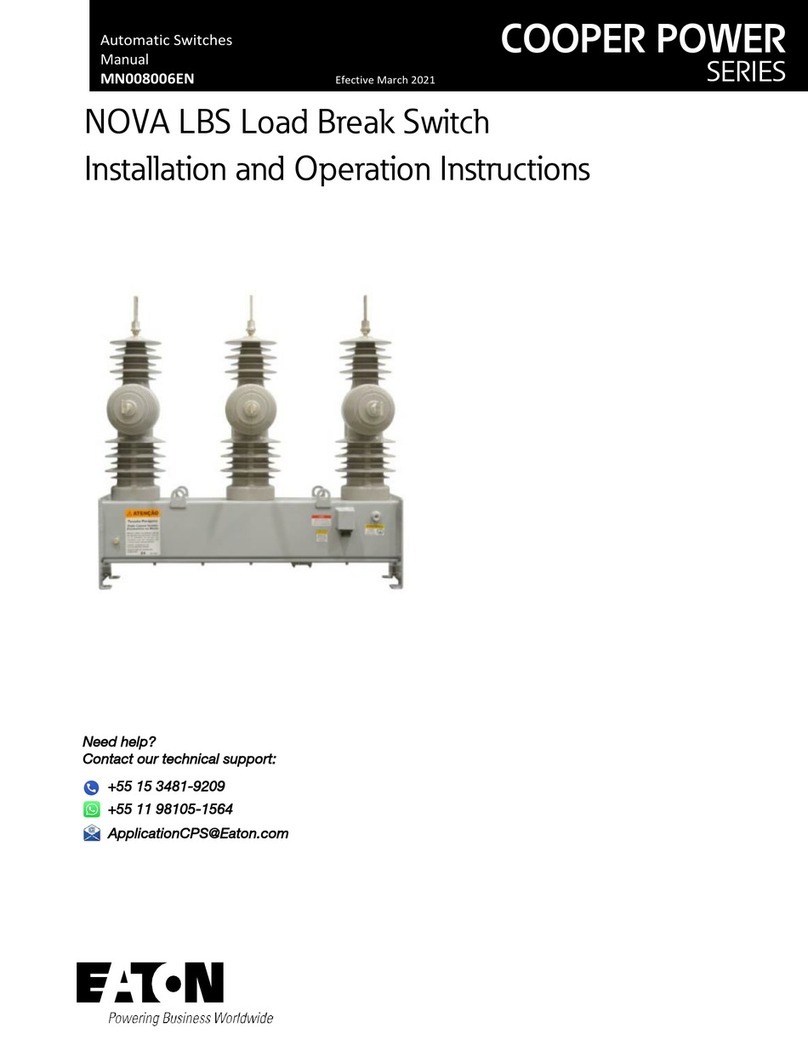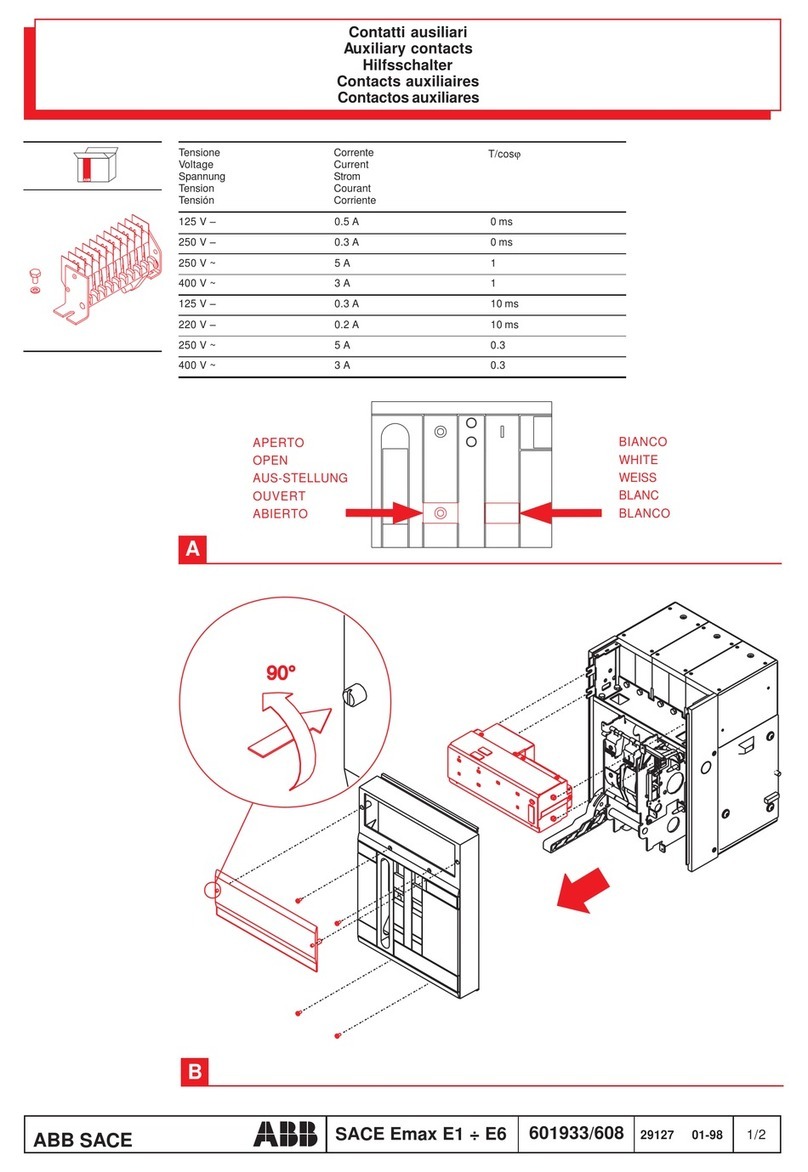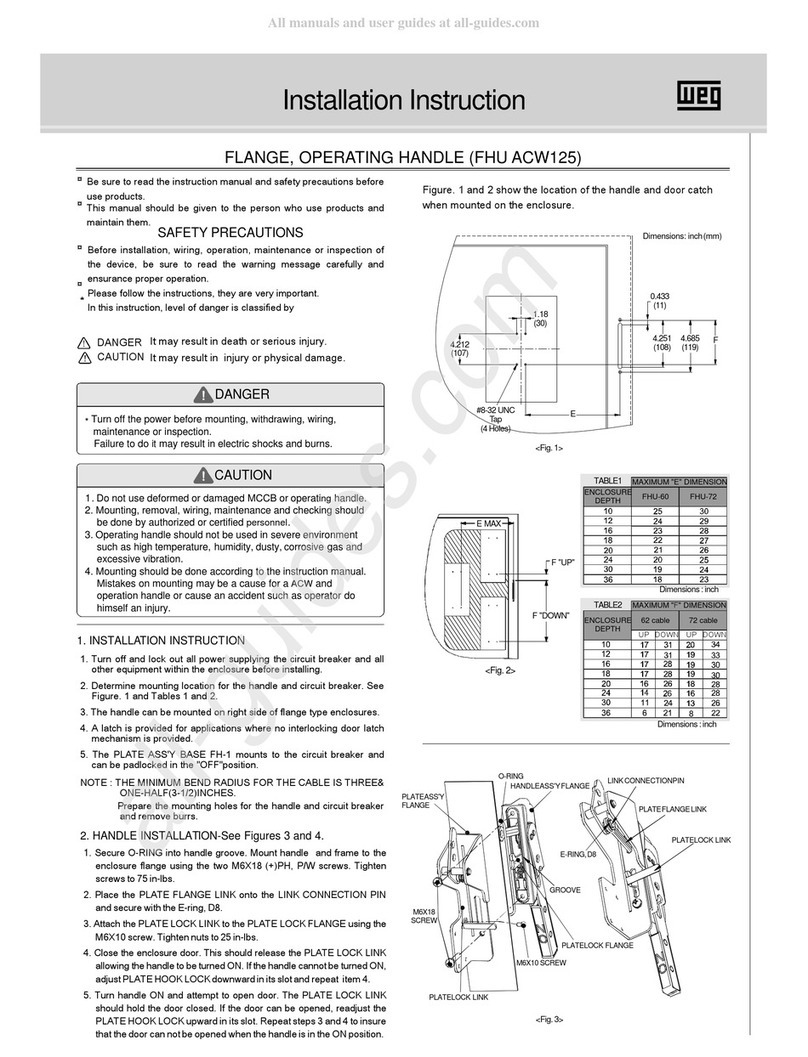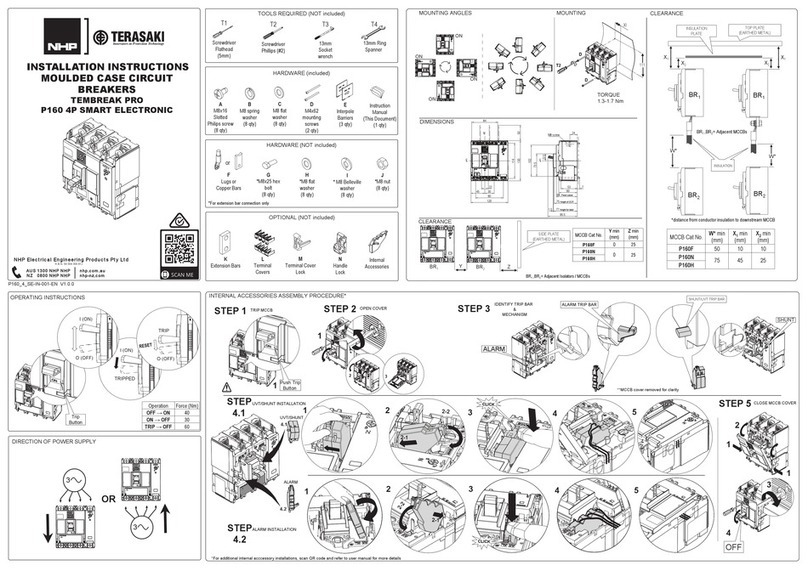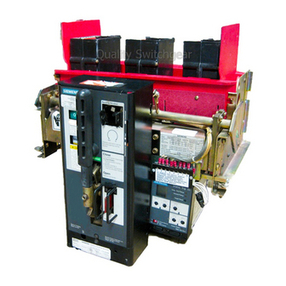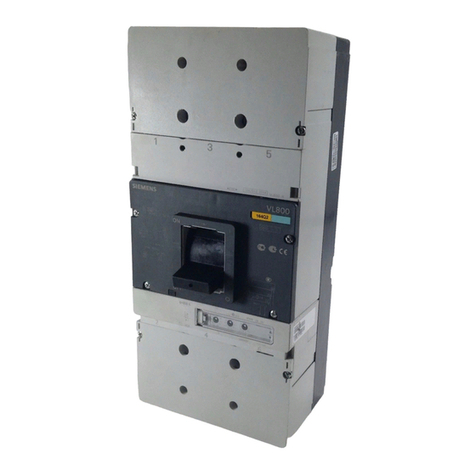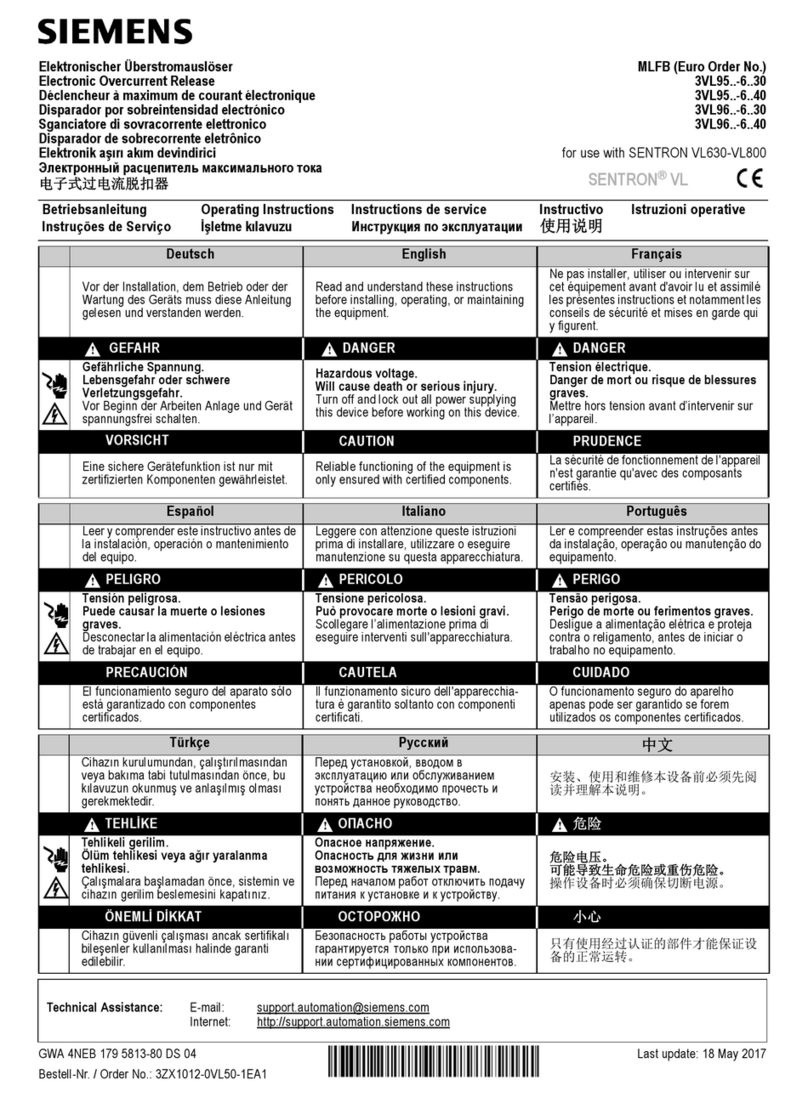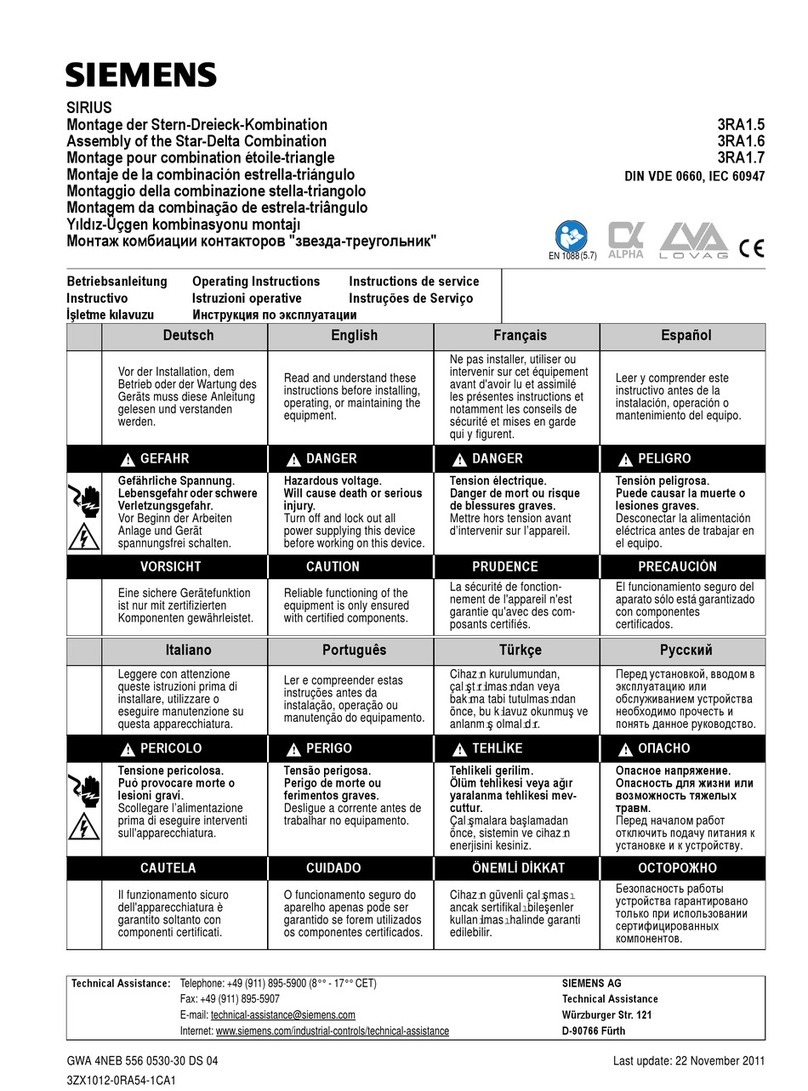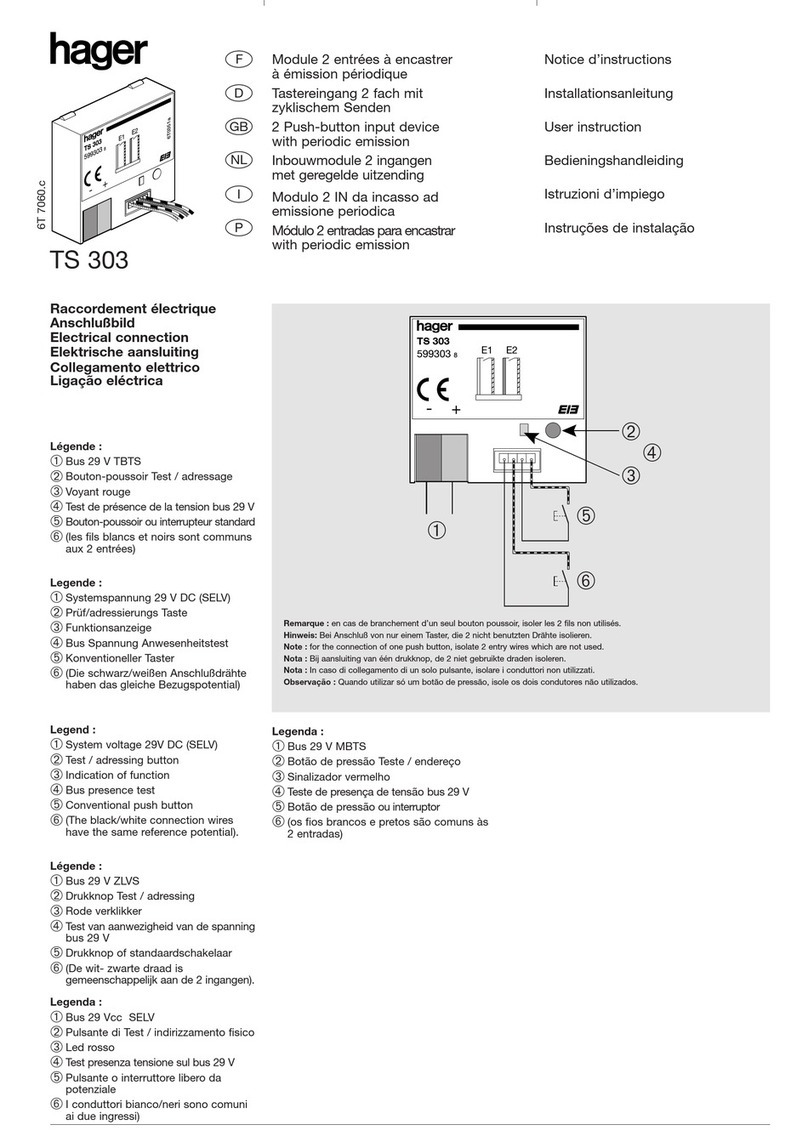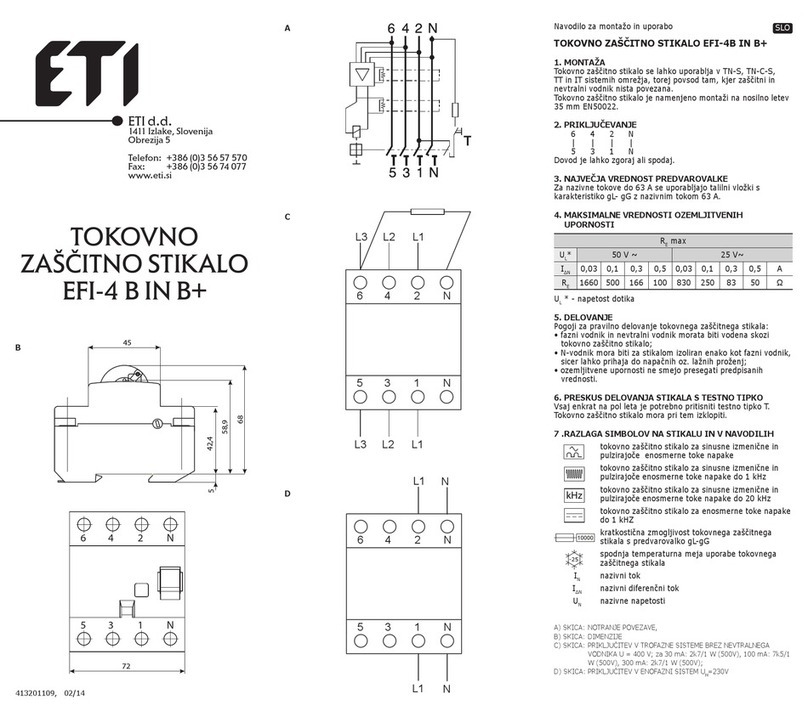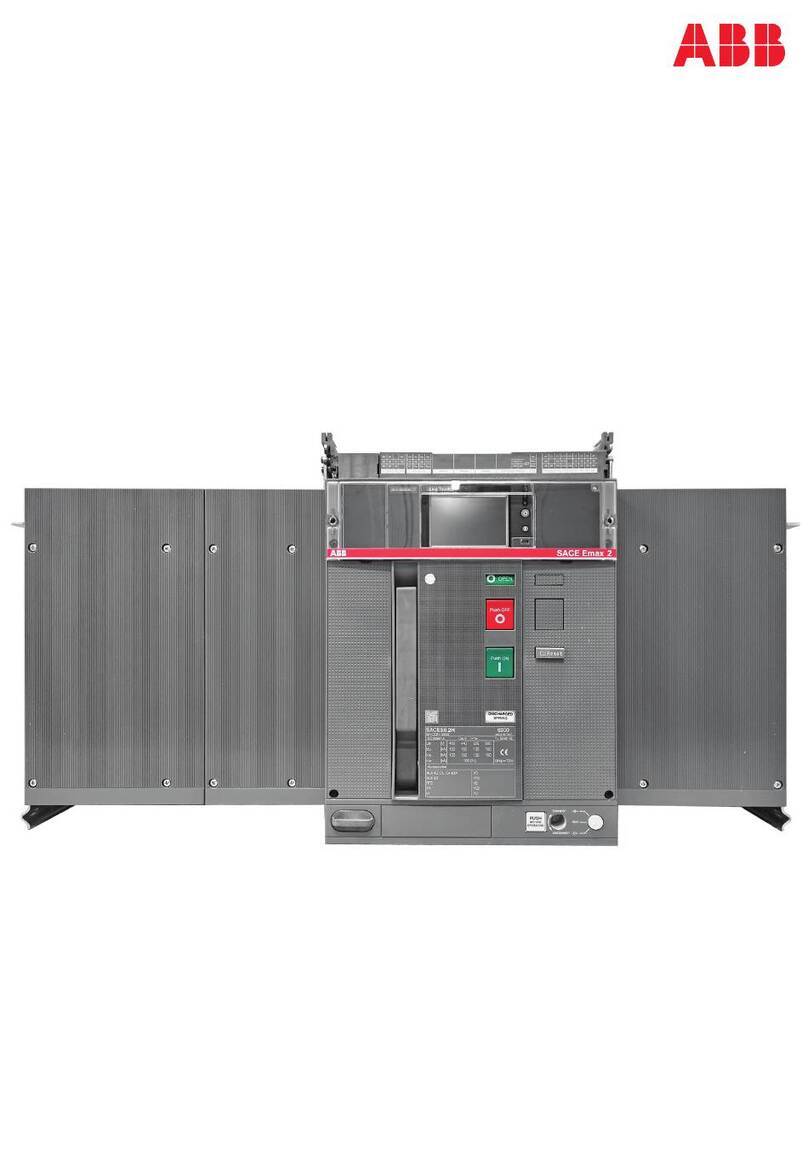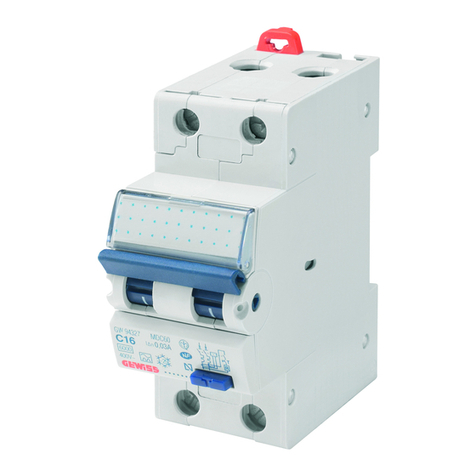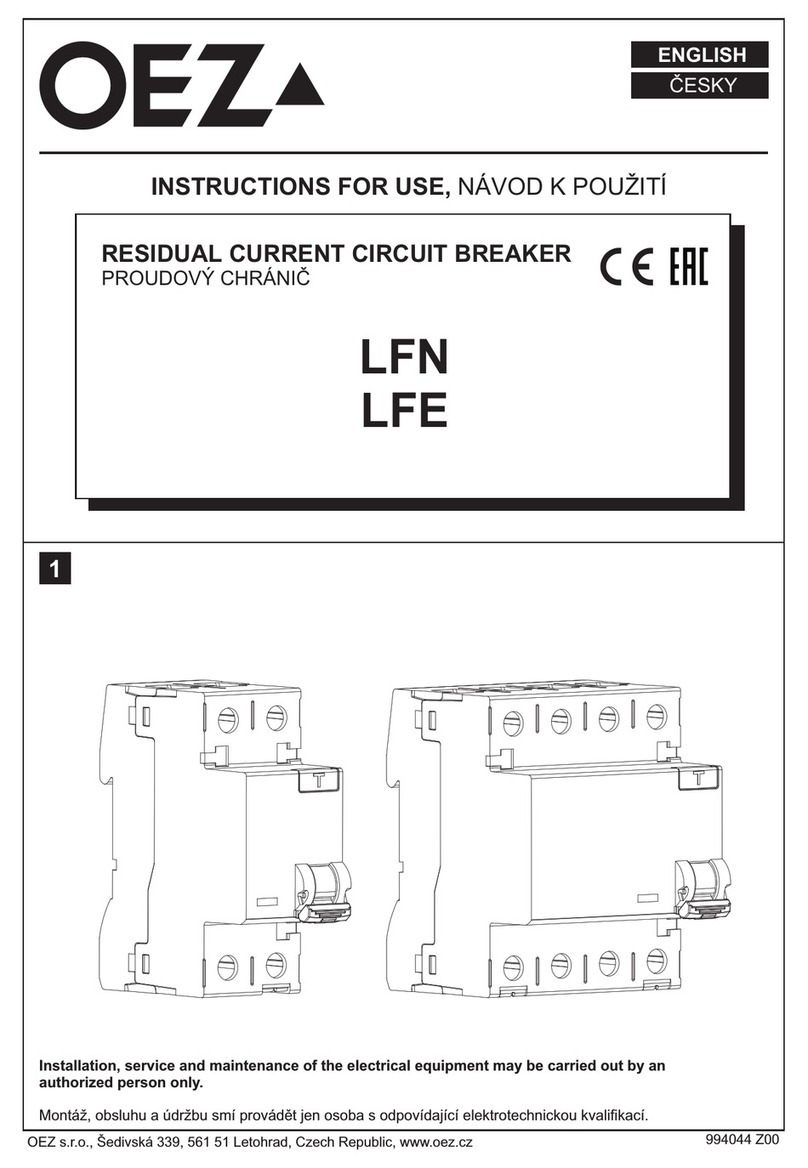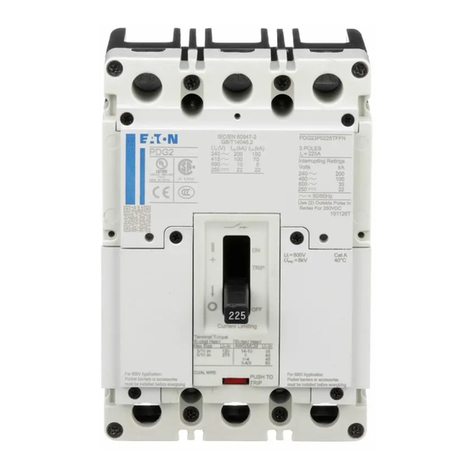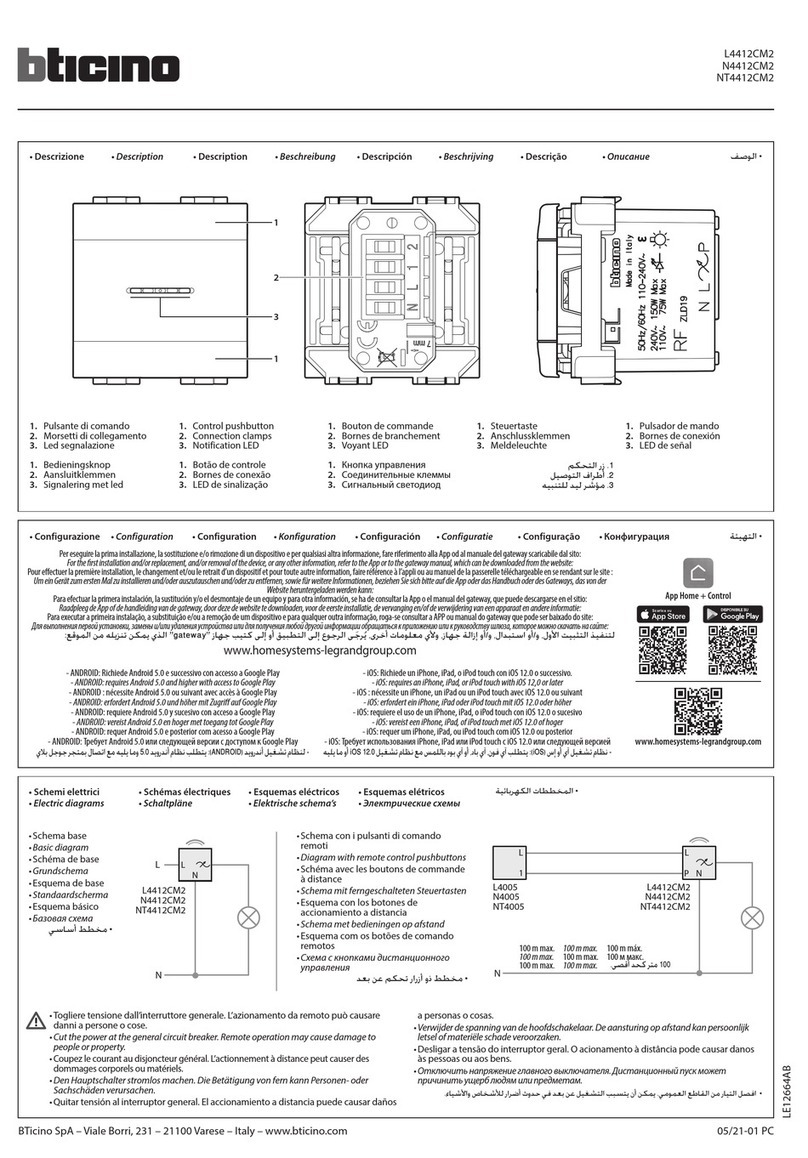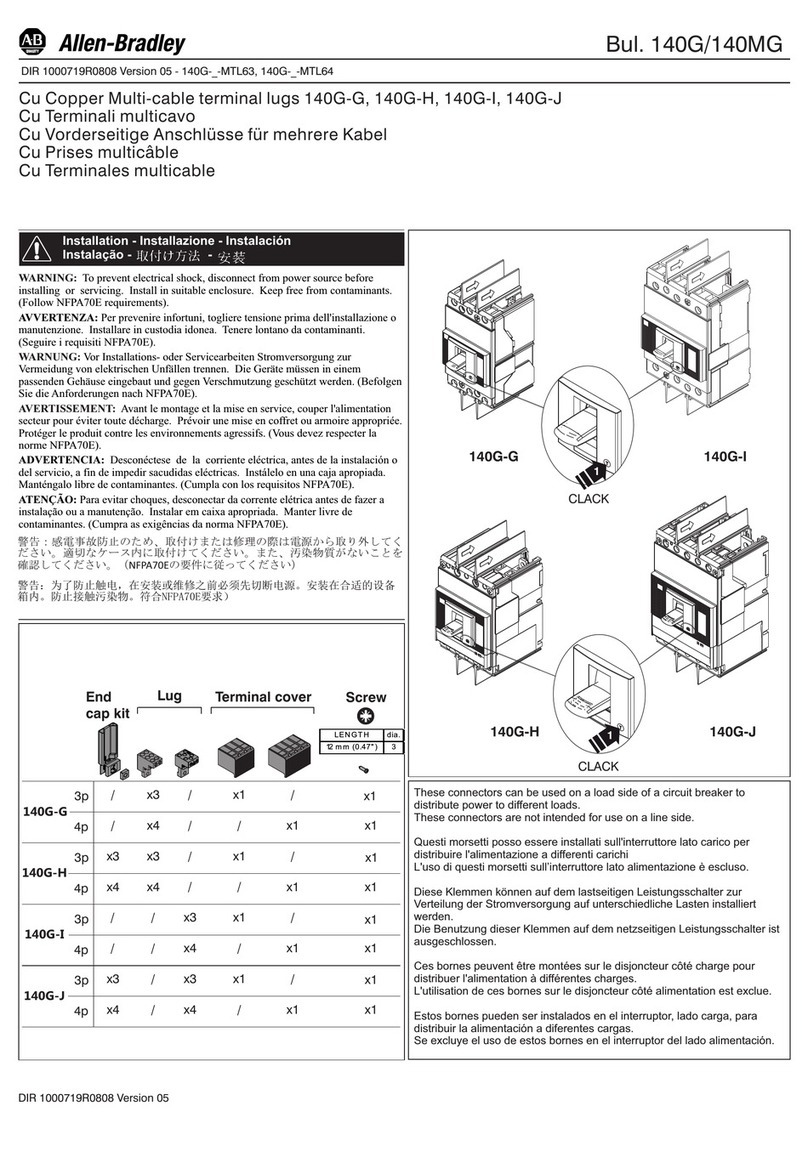
Introduction and Maintenance Intervals
Periodic inspections and maintenance are essential to
obtain safe and reliable operation of the circuit breaker as
well as the switchgear.
When circuit breakers and/or the switchgear are oper-
ated under “Usual Service Conditions”, maintenance and
lubrication is recommended at ten year intervals or at the
number of operations indicated in Table 2. “Usual” and
“Unusual” service conditions for Medium Voltage Metal-
Clad Switchgear are defined in ANSI C37.20.2, section
8.1. Generally, “usual service conditions” are defined as
an environment in which the equipment is not exposed to
excessive dust, acid fumes, damaging chemicals, salt air,
rapid or frequent changes in temperature, vibration, high
humidity, and extremes of temperature.
The definition of “usual service conditions” is subject to
a variety of interpretations. Because of this, you are best
served by adjusting maintenance and lubrication intervals
based on your experience with the equipment in the actual
service environment.
Regardless of the length of the maintenance and lubrication
interval, Siemens recommends that circuit breakers and
switchgear should be inspected and exercised annually.
Recommended Maintenance and Lubrication
Periodic maintenance and lubrication should include all
the tasks shown in Table 1. Recommended procedures
for each of the listed tasks are provided in this section of
the manual.
The list of tasks in Table 1 does not represent an exhaus-
tive survey of maintenance steps necessary to ensure safe
operation of the equipment. Particular applications may
require further procedures. Should further information be
desired or should particular problems arise which are not
covered sufficiently for the Purchaser’s purposes, the mat-
Maintenance
Failure to properly maintain the equipment could result in
death, serious injury or product failure, and can prevent
successful functioning of connected apparatus.
Instructions should be carefully reviewed, understood, and
followed.
The maintenance tasks in Table 1 must be performed regu-
larly.
The use of unauthorized parts in the repair of the equipment,
or tampering by unqualified personnel will result in dangerous
conditions which will cause death, serious injury or
equipment damage.
Follow all safety instructions contained herein.
7
Hazardous voltages and high-speed moving
parts.
Will cause death, personal injury, and
property damage.
De-energize before working on this equip-
ment.
Read instruction manuals, observe safety
instructions, and limit use to qualified per-
sonnel.
Table 1 — Maintenance Tasks
• Circuit Breaker Operator tasks
• Checks of the primary power path
- Cleanliness check
- Primary disconnects
• Fastener check
• Electrical control checks
- Wiring and terminals check
- Secondary disconnect check
- Automatic spring charging check
- Electrical close and trip check
• Vacuum integrity check
• High potential test
• Insulation and contact resistance tests
• Inspection and cleaning of circuit breaker insulation
• Racking mechanism
• MOC- Saver System
• Floor interlock and operating lever
• Functional tests
• Periodic maintenance intervals
Removal from Switchgear
Prior to performing any inspection or maintenance checks
or tests, the circuit breaker must be removed from the
switchgear. The Installation and Initial Functional Tests
section describes the removal procedure in detail. Principal
steps are repeated here for information and guidance, but
without the details of the preceding section.
1. The first step is to de-energize the circuit breaker.
Pressing the Trip pushbutton opens the
circuit
breaker
prior to removal from the switchgear (Refer to Circuit
Breaker Operator Manual SG-9918).
